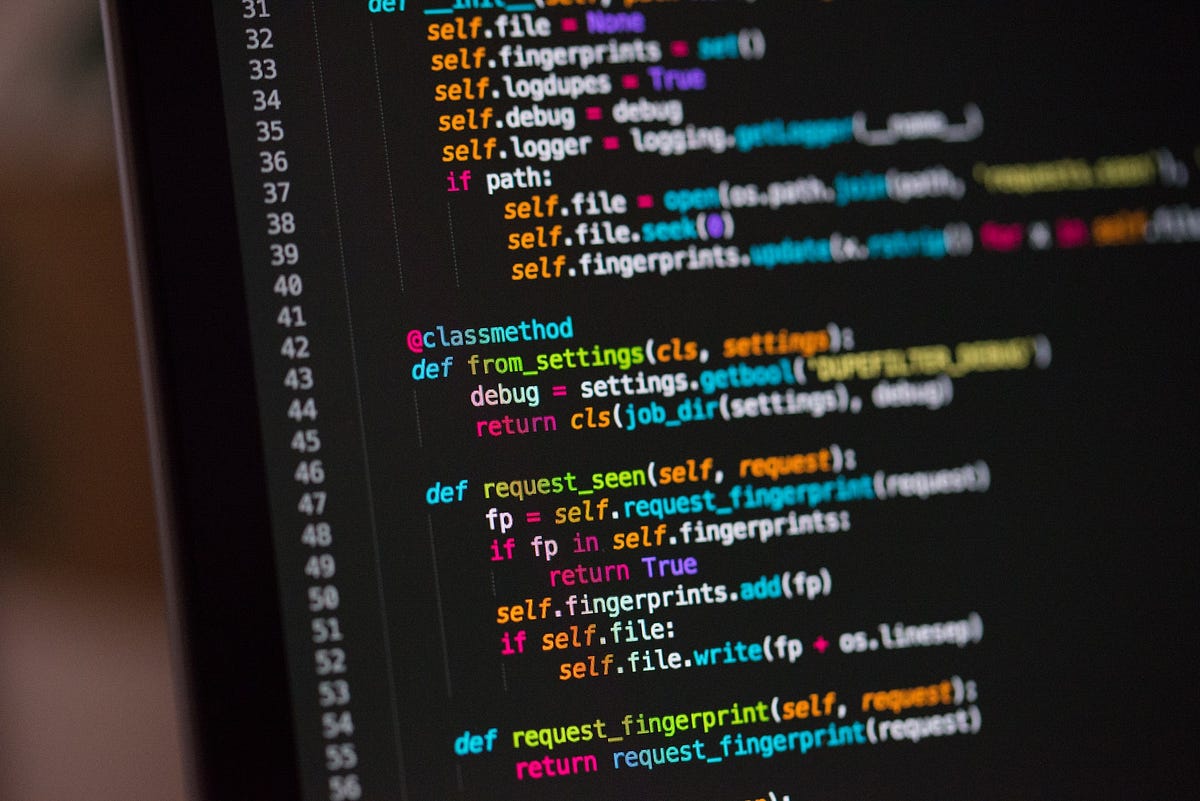Machine Learning (ML) has been a popular topic in the industry that people are starting to think about potentials in different applications such as R&D, marketing, and you see companies hiring PhDs to develop their machine learning models for either sales forecasting, marketing strategizing, or even some cool stuffs like computer vision for autopilot.
How to use machine learning in an audit? What would be the benefit of using it? It that something only for R&D or marketing? Is this possible to deploy machine learning in the audit? Can internal audits potentially be replaced by some sort of robots to help with selecting samples or reviewing the documents and everything? After months of side projects, I realize that Internal Audit/Finance/Compliance might be one of the functions that you don’t find a direct connection with the ML, but it has much more potential than other functions in a corporate.
Here is why:
(1) Data is the key to ML not the algorithm or the models.
In an audit function, no matter you do IT, finance, or compliance review, you eventually get in touch with a bunch of data:
Sales Data/ Payment Data/ HR Data/ System Log/ Whatever you are auditing
And one key to start to loop in the data science capability and use machine learning is data. You are predicting one feature (independent variable) based on other features (dependent variables).
(2) Internal Audit is looking for outliers and could use some help from ML.
Especially in compliance audits, we are looking for outliers, delayed payment? Weirdly-frequent small amount T&E? Last-minute invoicing? We are looking for all kinds of outliers in general and want to know HOW WEIRD those transactions are, compared to the populations. But we don’t usually have time and knowledge to conduct clustering on all the features. Machine Learning helps you in building a model to predict the outliers based on given information and detects outliers for you.
(3) What we do in audit is labeling things and so does ML.
Through reviewing the transactions, internal audit identifies transactions that are non-compliant with the company policy or practice. We are basically tagging transactions. In traditional analytics, we analyze data and come up with a couple of rulesets that “we think” it can detect the outliers.
What if the outliers are hidden in data that we could not define any ruleset to locate them?

traditional analytics use data and rule sets to find out the transactions, while ML uses data and examples to figure out the rule sets.
Using machine learning, we kind of do it in a reverse engineering way: We provide data and examples (probably come from the previous audit where we tagged the non-compliant transactions) and tell the machine to figure out the rulesets itself. ML helps us find a ruleset(s) (can be a regression line, a decision tree, a neural network, or whatever ruleset that helps to label)
#finance #data-analytics #audit #data-science #machine-learning #deep learning
